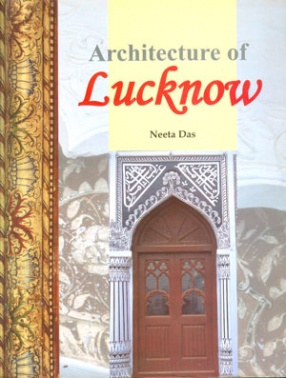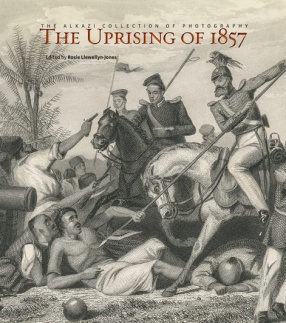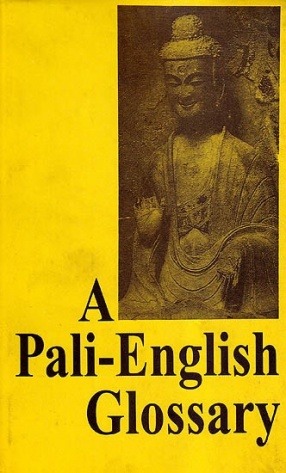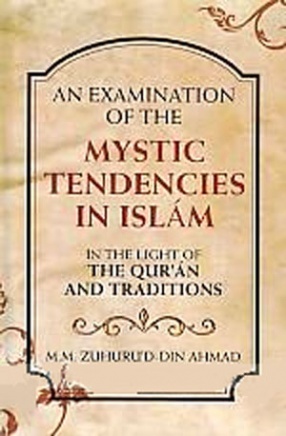Very little has been published on Murshidabad, the last independent capital of Bengal, while the British capital of Calcutta has been the subject of numerous books. Murshidabad was a place of great importance in the first half of the 18th century. The wealth of its nawabs was fabled and the region produced luxury goods which first attracted European trading companies. Murshidabad at its peak was extravagantly compared to London for its bustling trade, fine buildings and numbers of merchants. Its position, on the Baigarathi river made it an ideal trading post, when the majority of goods moved by water.
Although by the mid-18th century political power had left Murshidabad, this did not slow down the building of even more extravagant palaces, the most recent of which is the ‘New Palace’ of 1904. The old palaces were not demolished, they were simply vacated. Descendants of the Nawabs still live here, although in reduced circumstances.
This book presents a lively account of Murshidabad’s fluctuating fortunes, the lives of its residents – the nawabs and the British, the Jain merchants and bankers – down to the present day, and brings to light the region’s manifold splendours, from architecture to painting, textiles and crafts. It is hoped this publication will draw more travellers to explore its varied attractions.
Contents: Murshidabad Maps: District and City
Introduction: “The City” on the Bhagirathi
Rosie Llewellyn-Jones
People
The Nawabs and Their Changing Fortunes
Rosie Llewellyn-Jones
From Merchant-Banking to Zamindari – Jains in 18th- and 19th-century Murshidabad
Rajib Doogar
Places
Murshidabad’s Palaces, Rajbaris and Mansions
Rosie Llewellyn-Jones
Religious Buildings of Murshidabad
Neeta Das
Arts and Crafts
Textiles of Murshidabad
Jasleen Dhamija
Murshidabad Painting 1750–1820
J.P. Losty
The Mystery of Tulsiram’s Durga and Ivory-Carving of Murshidabad
Pratapaditya Pal
Conclusion: Murshidabad Today
Neeta Das
Acknowledgements
Glossary
Bibliography
Index.









There are no reviews yet.